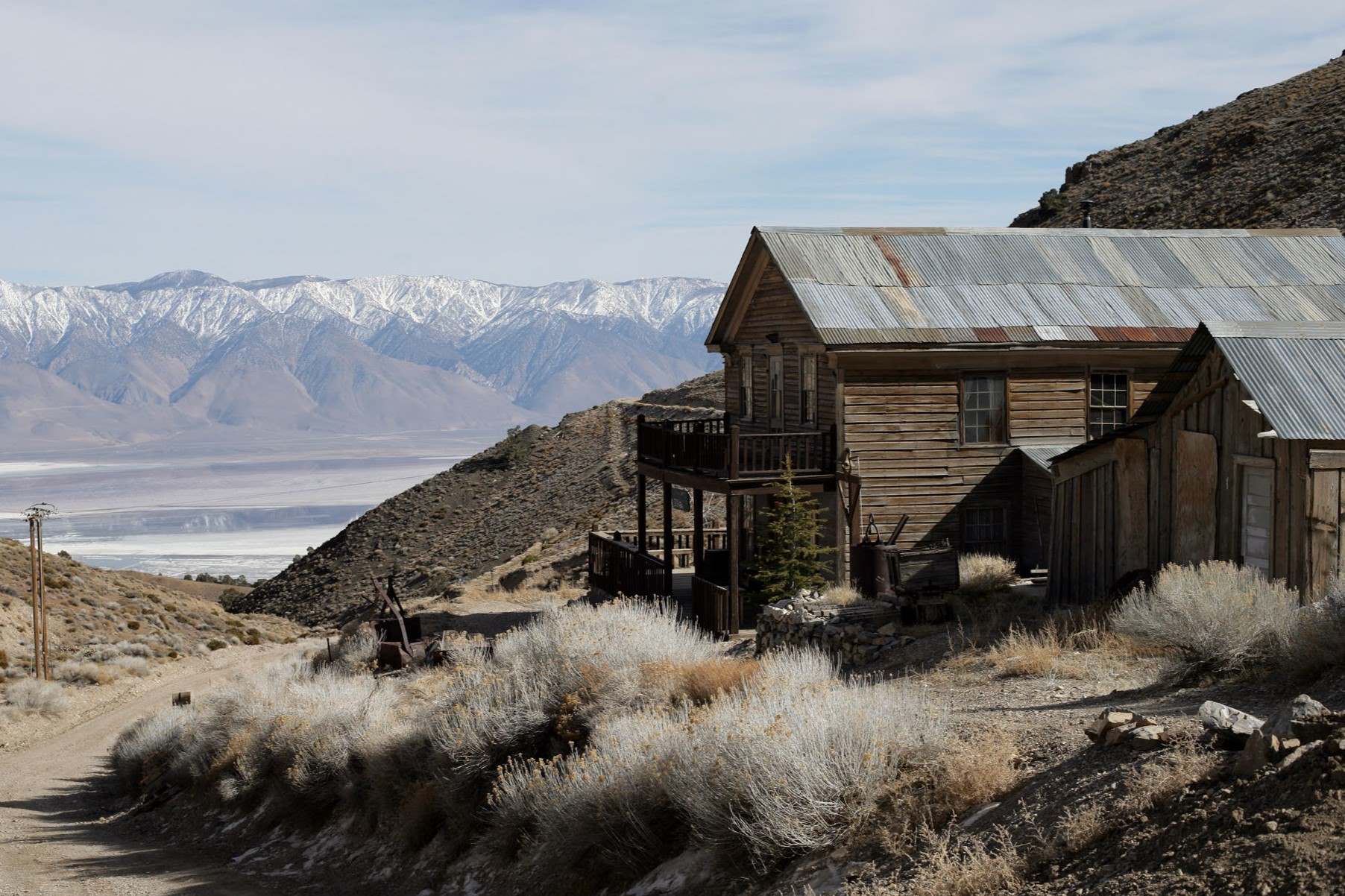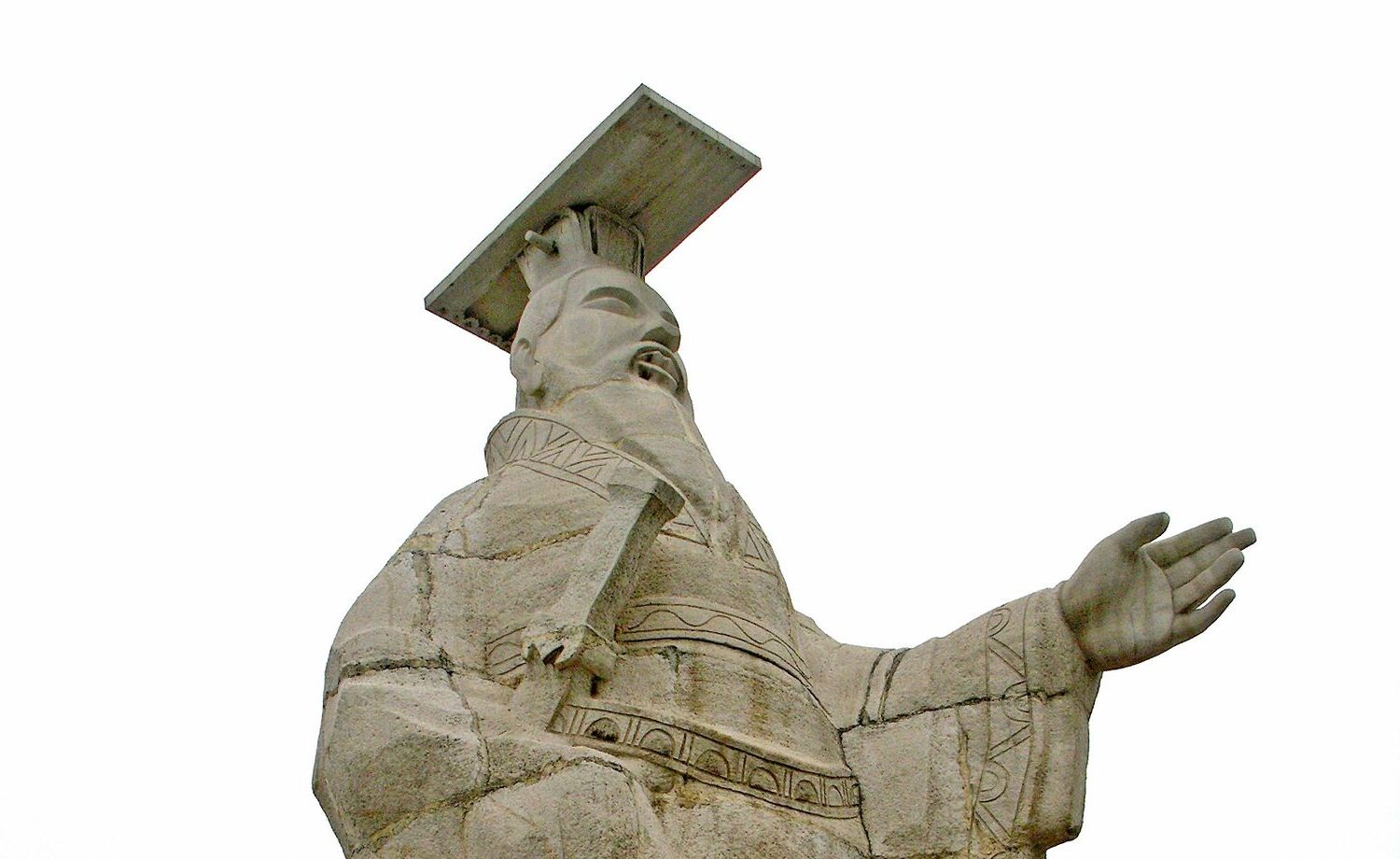
Cerro Gordo, a ghost town nestled in the Inyo Mountains of California, holds a treasure trove of history and mystery. Once a bustling silver mining hub in the 19th century, this abandoned town now stands as a silent witness to the past. Why is Cerro Gordo so fascinating? Its rich history, eerie atmosphere, and tales of boom and bust make it a captivating subject for history buffs and adventure seekers alike. From its founding in 1865 to its peak production years, Cerro Gordo has seen it all. What secrets does this ghost town hold? Let's uncover 37 intriguing facts about Cerro Gordo that will transport you back in time and reveal the hidden stories of this remarkable place.
Key Takeaways:
- Cerro Gordo, a once-thriving mining town in California, boomed in the 1870s but declined due to depleting silver veins and a devastating fire. It is now a ghost town with restored historic buildings.
- Today, Cerro Gordo is privately owned and attracts visitors interested in its history and reported hauntings. The town's remote location makes it popular for off-road enthusiasts and adventurers.
The History of Cerro Gordo
Cerro Gordo, a ghost town in California, holds a rich history filled with fascinating details. Here are some intriguing facts about this once-thriving mining town.
-
Founded in 1865, Cerro Gordo quickly became a bustling mining town due to its rich silver deposits.
-
The name "Cerro Gordo" translates to "Fat Hill" in Spanish, reflecting the abundance of silver found there.
-
By 1869, the town had grown significantly, with over 1,500 residents, mostly miners and their families.
-
Cerro Gordo's peak production years were between 1870 and 1875, during which it produced millions of dollars worth of silver and lead.
-
The town's founder, Pablo Flores, was a Mexican prospector who discovered the silver veins that led to the town's establishment.
The Boom and Bust
Like many mining towns, Cerro Gordo experienced rapid growth followed by a swift decline. Here are some key moments from its boom and bust periods.
-
In 1871, the town's first smelter was built, allowing for more efficient processing of ore.
-
By 1872, Cerro Gordo had become the largest producer of silver and lead in California.
-
The American Hotel, built in 1871, became a central hub for the town's social life and still stands today.
-
A devastating fire in 1877 destroyed much of the town, including the smelter, leading to a significant decline in production.
-
By the 1880s, the silver veins began to deplete, causing many residents to leave in search of new opportunities.
The People of Cerro Gordo
The town's residents were a diverse and colorful group, contributing to its unique character. Here are some facts about the people who called Cerro Gordo home.
-
Chinese immigrants played a significant role in the town's development, working as laborers, cooks, and shopkeepers.
-
Lone Pine, a nearby town, served as a supply hub for Cerro Gordo, with goods transported by mule teams.
-
The town's population included a mix of Americans, Mexicans, and Europeans, creating a vibrant cultural melting pot.
-
Many residents lived in simple wooden shacks, while wealthier individuals built more substantial homes.
-
Violence and lawlessness were common, with frequent disputes over mining claims and resources.
The Mines of Cerro Gordo
The mines were the lifeblood of Cerro Gordo, driving its economy and shaping its history. Here are some interesting facts about the town's mining operations.
-
The Union Mine was the largest and most productive mine in Cerro Gordo, producing vast amounts of silver and lead.
-
Miners worked long hours in dangerous conditions, often facing cave-ins, explosions, and toxic fumes.
-
The Belshaw Tunnel, completed in 1876, allowed for more efficient transportation of ore from the mines to the smelter.
-
Water was scarce in the arid region, making mining operations even more challenging.
-
The mines were eventually abandoned in the early 20th century, leaving behind a network of tunnels and shafts.
The Ghost Town Era
After the mines closed, Cerro Gordo became a ghost town, attracting visitors and historians alike. Here are some facts about its transformation.
-
By the 1920s, only a handful of residents remained, maintaining the town's buildings and infrastructure.
-
In the 1940s, Cerro Gordo was rediscovered by tourists and history enthusiasts, sparking renewed interest in its preservation.
-
The town's buildings, including the American Hotel and several homes, have been carefully restored to their original condition.
-
Cerro Gordo is now privately owned, with efforts underway to preserve its history and share it with the public.
-
Ghost hunters and paranormal enthusiasts frequently visit the town, drawn by its eerie atmosphere and reported hauntings.
Modern-Day Cerro Gordo
Today, Cerro Gordo stands as a testament to the past, offering a glimpse into the lives of those who once lived there. Here are some facts about its current state.
-
In 2018, the town was purchased by a group of investors dedicated to preserving its history.
-
The new owners have undertaken extensive restoration projects, including rebuilding the American Hotel after a fire in 2020.
-
Visitors can tour the town, exploring its historic buildings and learning about its storied past.
-
Cerro Gordo's remote location makes it a popular destination for off-road enthusiasts and adventurers.
-
The town's history has been featured in numerous books, documentaries, and television shows.
Fun and Quirky Facts
Cerro Gordo's history is filled with quirky and fun facts that add to its charm. Here are some of the most interesting tidbits.
-
The town's jail, built in 1877, still stands and is a popular spot for photos.
-
Cerro Gordo's cemetery is the final resting place for many of its early residents, including miners and their families.
-
The town's saloon was a popular gathering place, known for its lively atmosphere and rowdy patrons.
-
A stagecoach route once connected Cerro Gordo to other nearby towns, providing a vital link for mail and supplies.
-
The town's post office, established in 1869, operated for nearly 50 years before closing in 1917.
-
Cerro Gordo's schoolhouse educated the children of miners, offering a glimpse into the daily life of the town's youngest residents.
-
The town's rich history continues to captivate visitors, offering a unique window into California's mining past.
Final Glimpse at Cerro Gordo
Cerro Gordo, a ghost town with a rich history, offers a unique peek into the past. From its bustling days as a silver mining hub to its eerie, abandoned present, this place tells stories of ambition, hardship, and resilience. The town's remnants, like the old hotel and mine shafts, stand as silent witnesses to a bygone era. Visiting Cerro Gordo isn't just about seeing old buildings; it's about feeling the spirit of those who once called it home. Whether you're a history buff or just love a good ghost story, this town has something to offer. So next time you're in California, take a detour and step back in time. You'll leave with a deeper appreciation for the pioneers who shaped the American West.
Frequently Asked Questions
Was this page helpful?
Our commitment to delivering trustworthy and engaging content is at the heart of what we do. Each fact on our site is contributed by real users like you, bringing a wealth of diverse insights and information. To ensure the highest standards of accuracy and reliability, our dedicated editors meticulously review each submission. This process guarantees that the facts we share are not only fascinating but also credible. Trust in our commitment to quality and authenticity as you explore and learn with us.


